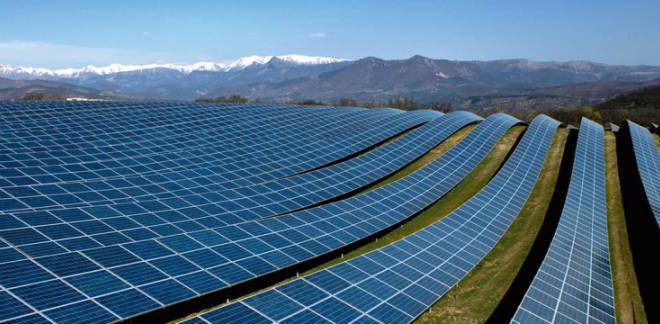Iran can transition to a fully renewable electricity system and financially benefit from it by 2030. according to researchers from Lappeenranta University of Technology (LUT) in Finland. The study shows that major oil-producing countries in the Middle East and North Africa region could turn their abundant renewable energy resources into lucrative business opportunities in less than two decades. Construction Week Online reported.
According to the study. a fully renewable electricity system is roughly 50-60% cheaper than other emission-free energy options for the MENA region. For example. new nuclear power costs around $117 (€110) per megawatt-hour. But the cost of fully renewable energy electricity should come in at around $42-63/MWh. based on financial and technical projections for the year 2030.
The cost of wind and solar electricity would reduce further to $43-61/MWh if different energy resources were connected with a super grid that allows the transmission of high volumes of electricity across longer distances. For Iran. the price could go as low as $46-52/MWh. Such low cost show that the transition of the current fossil-based electricity system toward a fully renewable electricity system can cover all electricity needs in the decades to come.
“The low cost renewable electricity system is a driver for growing standards of living. continued economic growth. in particular also for energy intensive products. and finally more peace.” according to professor Christian Breyer. a member behind the research.
Transforming the electricity system fully to renewables for Iran requires 49 gigawatts of photovoltaic power. 77 GW of wind power and 21 GW of hydropower. the study showed.
Most of the hydropower already exists. but the solar and wind capacities would require significant investments. Wind power can be installed in many parts of the country and solar systems in all parts of Iran for an attractive cost. Both technologies can be easily added to the existing energy infrastructure. which is mainly based on fossil natural gas fired power plants plus hydropower. “The picture that emerges from that study is that the fossil fuel industry can transform its business to meet the Paris climate agreement’s target of a net zero emission energy system. This requires fundamental change in how we think carbon. but it could potentially open major new business opportunities.” Breyer said. Representatives of 195 countries. including Iran. signed a historic agreement in Paris in late 2015 to curb global emissions of greenhouse gases and limit the planet’s warming to under 2°C. preferably 1.5°C. by 2100.

 Iran Energy News Oil, Gas, Petrochemical and Energy Field Specialized Channel
Iran Energy News Oil, Gas, Petrochemical and Energy Field Specialized Channel



